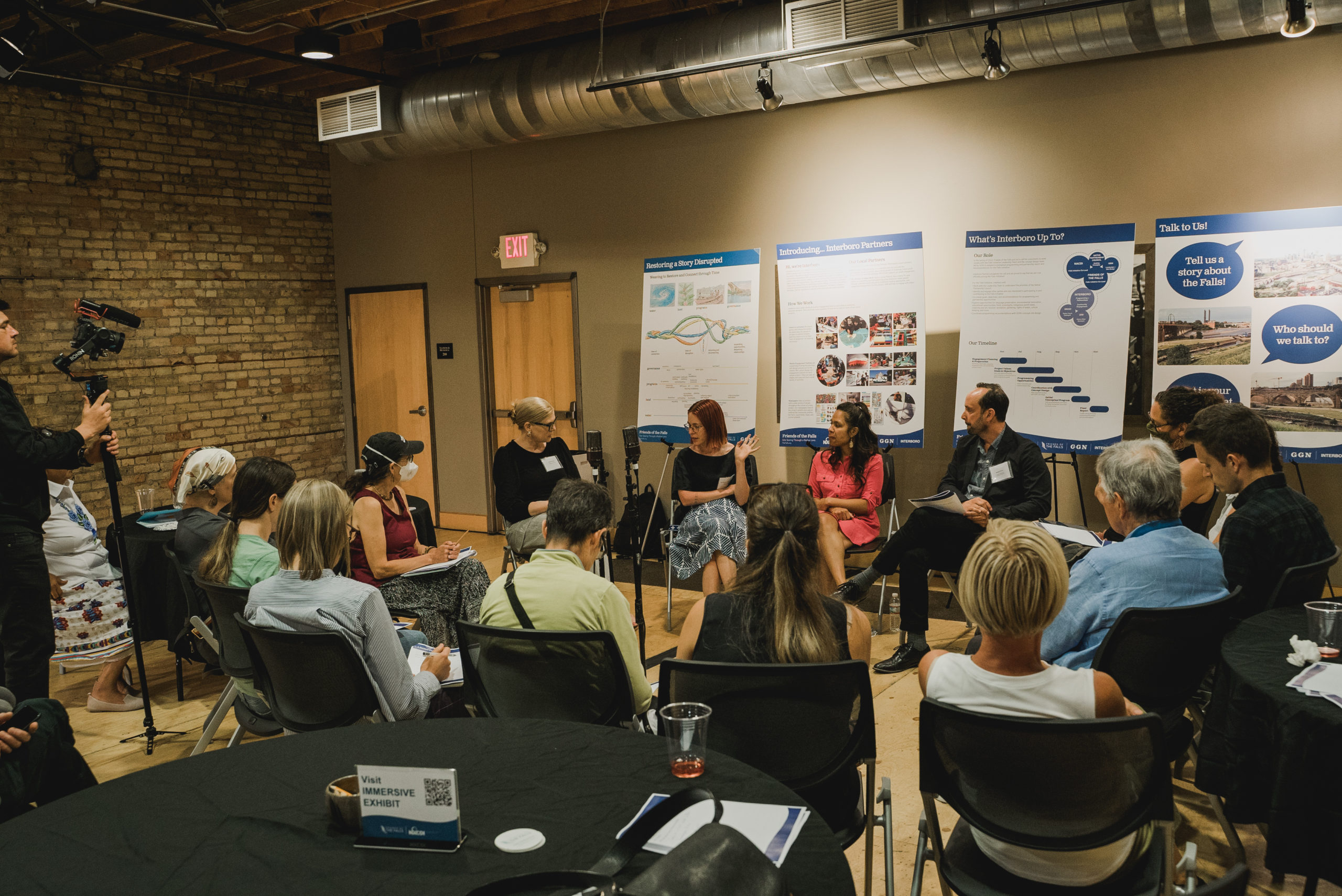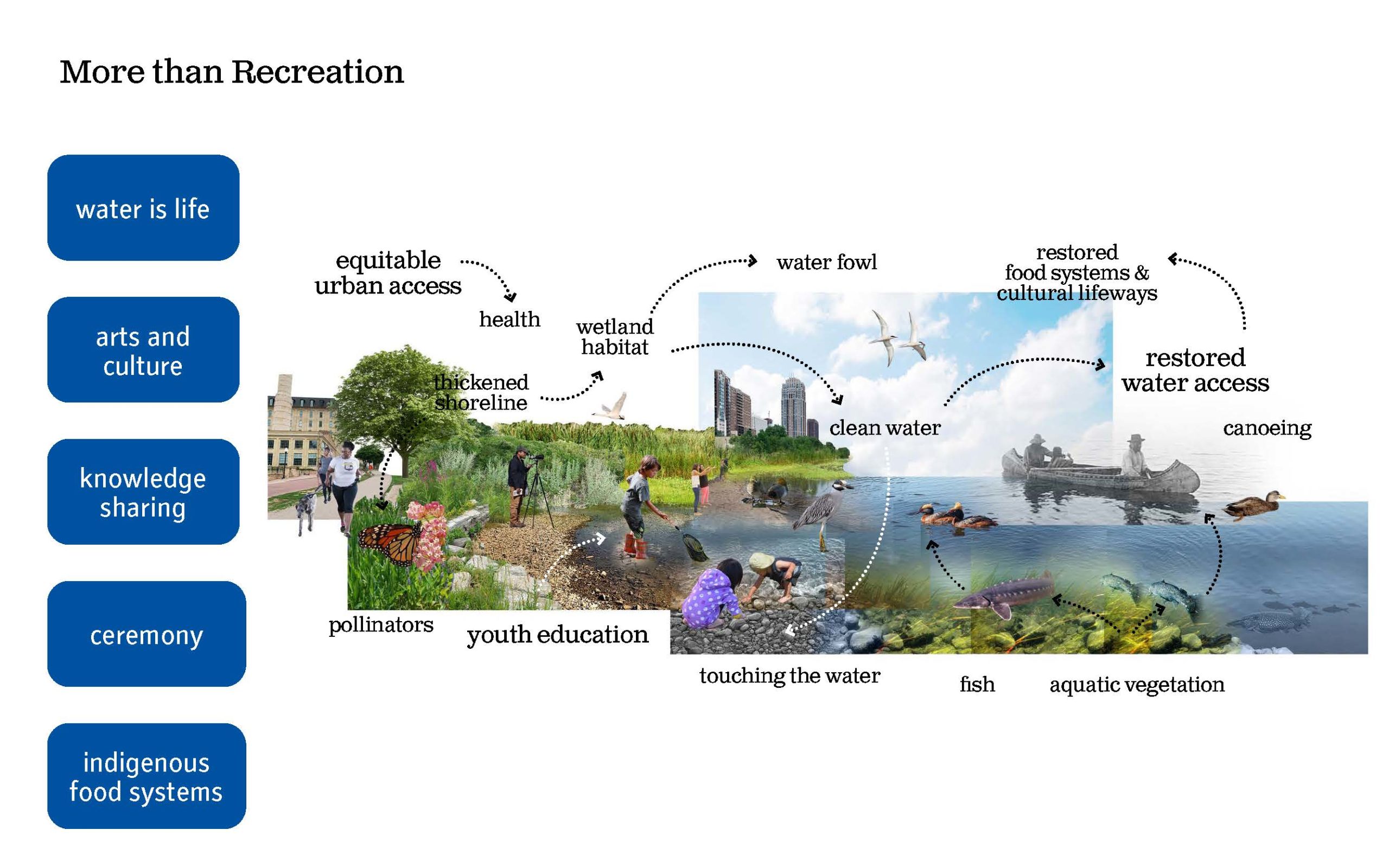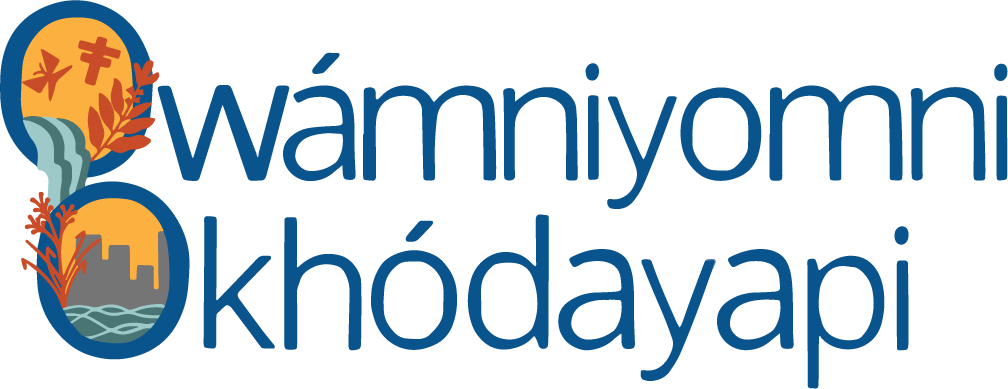By Amanda Wigen, Friends of the Falls | August 1, 2022
This editorial was featured in the August 2022 edition of the alley.
Long before they were claimed as “St. Anthony’s,” the Falls were the beating heart of Indigenous societies. Called Owámniyomni, or “turbulent waters,” by the Dakota, the Falls cascaded over a 50-foot limestone drop on Haha Wakpa (the Mississippi River) and roiled through now-submerged islands at their base. Dakota and other Indigenous people came to Owámniyomni for ceremony and to Spirit Island, a sacred place destroyed by industrialization, to give birth.
When the Upper Lock on Minneapolis’ Central Riverfront closed to commercial navigation in 2015, an opportunity emerged to reimagine this historic and culturally significant landscape. What could we do with this massive structure – which in many ways is a symbol of the desecration of this place – that sits adjacent to the Falls?
A non-profit organization called Friends of the Falls was formed to create a place of healing and celebration at Owámniyomni. Friends of the Falls partnered with the Native American Community Development Institute (NACDI) to advise on engagement efforts with Indigenous communities and to ensure that The Falls Initiative would be centered on Native voices.
The entities consulted with Dakota tribal leadership and convened the Native Partnership Council to steer the process. The Partnership Council is a group of elders, culture keepers, artists, and water protectors that meet regularly, setting guiding principles and next steps for the project.
Rather than aspiring to build a visitors center or a major monument on the site, there is consensus that what needs to be acknowledged and honored through The Falls Initiative is the suppressed Indigenous history of this place and the River herself.
In early 2022, Friends of the Falls and NACDI launched a series of Community Conversations to advance these discussions, connect Native and non-Native communities, and promote deeper understanding of the many different relationships people have to this place. Native leaders including Robert Lilligren (NACDI), Carrie Day Aspwinall (Facilitator, Native Partnership Council), Karen Diver (University of Minnesota), and Sharon Day (Indigenous Peoples Task Force) led thoughtful conversations, often helping the public to meaningfully discuss difficult topics like genocide, identity, and truth and reconciliation.
The final Community Conversation was held on June 28 at Open Book. Early design concepts were shown focused on environmental and ecological restoration, restoring disrupted connections to the Falls, restoring physical access to the River, hearing and teaching Dakota language, and supporting Indigenous food systems.
Shaping a vision for Owámniyomni will take time, and we move now into the next season, or cycle of planning, of this work. In the coming months, we’ll have focused discussions with Native-led organizations to explore possible partnerships and programs, and we’ll consider ownership and operations models for the site.
Visit TheFalls.org to learn more and to share your voice as we dare to envision a different future for the Falls.

Community Conversation #5 Photo: Drew Arrieta for Friends of the Falls & NACDI

Image credit: GGN for Friends of the Falls & NACDI

